I’ve driven the Xpeng G6 and it doesn’t hide its main ambition – stealing the Tesla Model Y’s crown
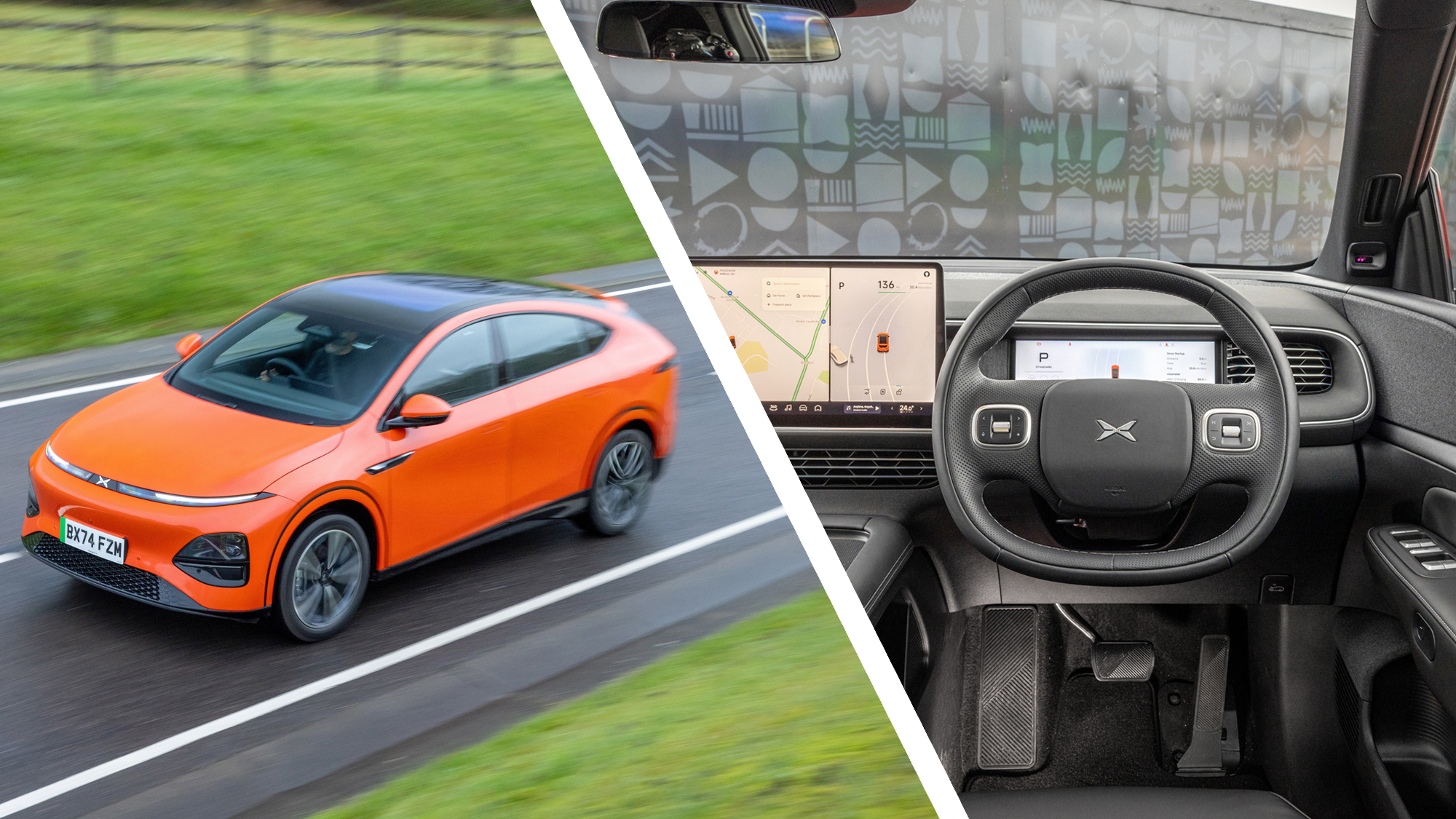
Xpeng may well be hogging headlines with its fancy flying car and a six-wheeled EV that features a built-in personal quadcopter. But deep down, the Chinese tech firm is laser-focused on selling its electric cars to the masses.
In its domestic market, it already offers the X9 MPV, a sleek P7 saloon and a large SUV in the form of the G9. But the altogether smaller G6 is the first vehicle to head to the UK and Europe… with many more regions to follow soon.
When decked out in its sparkling silver paint job, you’d be very hard pushed to tell it apart from a Tesla Model Y – particularly the recently-refreshed version.
Apparently, Xpeng procured the design skills of JuanMa Lopez, a man who has the LaFerrari and several supercars on his CV, but the G6 likely won’t go down in history as his most original work.
The curvaceous front end that swoops into an awkwardly-bulbous roofline and chunky rear end is pure Model Y. Remove all of the badging and I think the majority of the general public wouldn’t be able to tell the two cars apart.

However, this is a deliberate ploy by Xpeng, as it wants its vehicles to seamlessly blend into the traffic on European roads, and this largely homogenous piece of design certainly nails that brief.
Inside, the company has also deliberately kept things sparse, with a large central infotainment screen, a smaller digital driver display and twin wireless phone chargers keeping things distinctly Tesla-y in the cabin.
Sign up for breaking news, reviews, opinion, top tech deals, and more.
There’s a massive sense of space, thanks to the large glass roof, but you also get that in new Model Y.
In reality, the decision to plump for an Xpreng comes down to price, because the G6 starts at just under £40,000 in the UK (or around $54,000 / AU$84,000), which is (as you’ve probably already guessed) around £5,000 cheaper than the Standard Range, Rear-Wheel Drive Model Y. Let the battle commence.
EV stuff done well

Available with two battery options (66kWh lithium iron phosphate or 87.5kWh nickel manganese cobalt), all Xpeng G6 models are built around an 800V electrical architecture for improved efficiencies and faster charging.
Even the smaller battery pack offers 270 miles of range (down on the comparable Model Y’s 311 miles) or an impressive 354 miles with the larger pack specified. The claimed 354 miles is just 10 miles down on the Model Y Long Range All-Wheel-Drive’s claimed 364 miles.
However, that 800V architecture means the G6 can brim its batteries from 10 to 80% in less than 20 minutes, which is something Tesla can’t yet do.
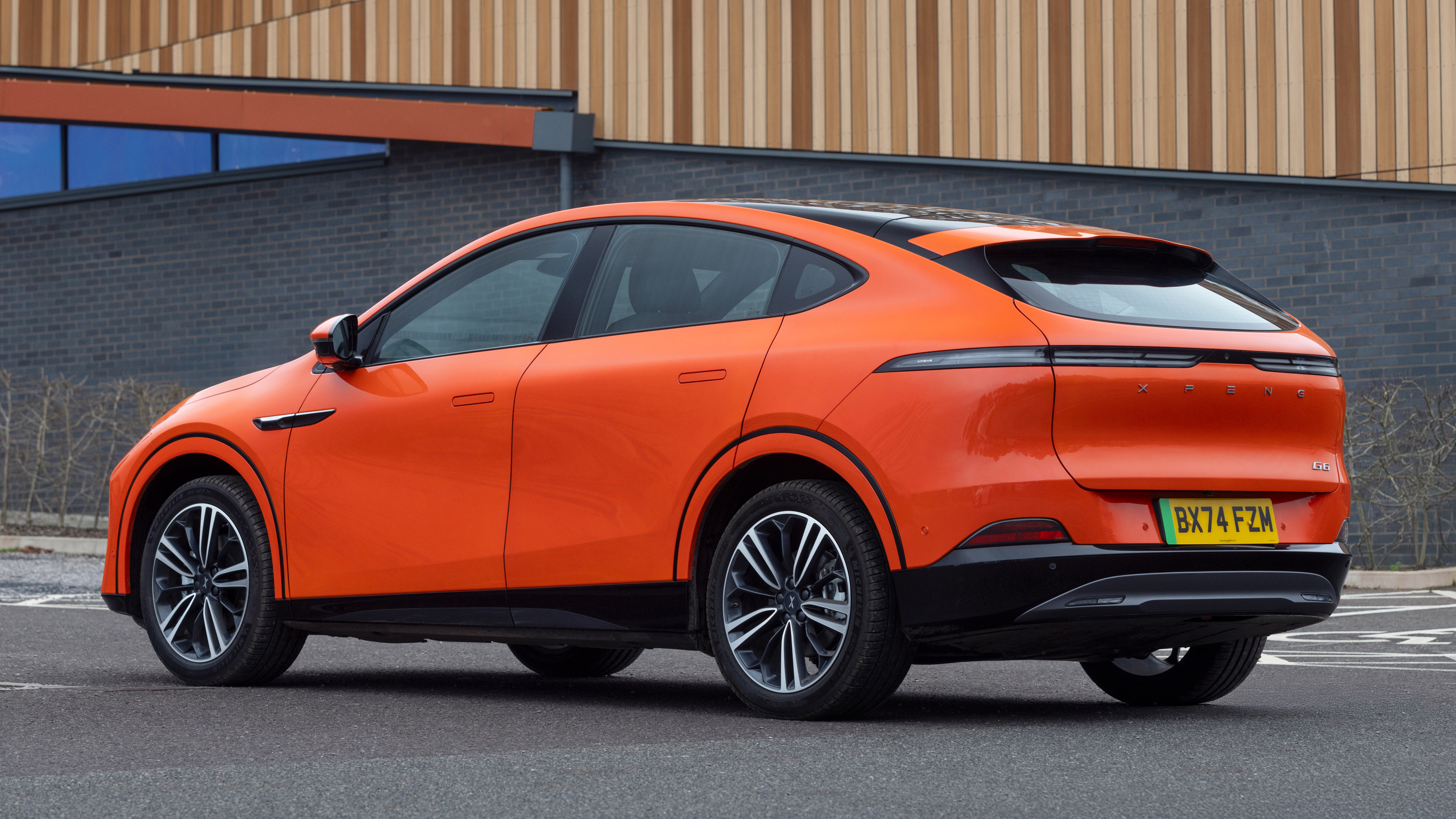
Better still, Xpeng employs its in-house developed thermal management system that helps improve overall efficiency. During day-to-day driving, it is easy to have the digital driver’s display show a four miles per kilowatt average, which gives greater confidence that the range read-out is accurate.
If you are looking for a computer-on-wheels, the Xpeng G6 nails the brief and it does so while undercutting its closest competition – the Tesla Model Y.
While I still think Tesla majors on efficiency and accurate real-world range predictions, Xpeng has done an admirable job by getting pretty close and the range is more than enough for most lifestyles.
In terms of performance, Xpeng plays it safe, offering only a rear axle-mounted motor that comes in two power outputs, both of which nail the 0-62mph sprint in a respectable 6.6 or 6.2 seconds.
There’s no neck-snapping Performance or Plaid edition to contend with (not in the UK, at least), just enough performance to ensure smooth overtakes.
It makes a refreshing change, as there’s plenty enough power for daily driving, without it bordering on the ridiculous… as it does with something like the Zeekr 7X.
Impressive standard kit

The only way to truly rival Tesla is to throw every conceivable piece of technology you have at a car, and that certainly feels like the modus operandi employed by Xpeng.
Xmart OS underpins the user interface and this can be updated over-the-air, keeping things constantly fresh, while XPILOT is the name given to the high levels of autonomous driving functionality on offer.
A speaker mounted in the headrests beams certain sounds, such as navigational instructions, directly into the driver's ears. It's a bit odd at first but actually becomes quite natural after a few miles.
There are 29 cameras, a multitude of sensors and Nvidia’s core compute power running it all, which is a serious amount of hardware at this sort of price – the one attribute that Chinese brands still absolutely major on.
Alas, without sounding like a broken record, this is all very much like a Tesla, even down to the presentation. In fact, rather than rely on a haggard old journalist's opinions when making a purchasing decision, you might better offer simply looking at a comparative specs table – the G6 really is that similar to Musk’s wares.
Prod around the large infotainment screen and you can spend hours getting lost in the menus, with sections for mapping the buttons on the steering wheel to your favorite commands, tweaking the sounds the vehicle emits, and even fiddling with ambient lighting settings.
It all works well, is fast to respond and is laid out in a logical, Tesla-like order, but there’s still far too much going on for me. Having to adjust wing mirrors with buttons on the wheel is just annoying and similar screen-prodding to turn on a rear heated screen is just plain stupid.
The strange, circle/rectangle steering wheel also takes a bit of getting used to, while the nannying safety systems require varying amounts of menu diving to switch off.
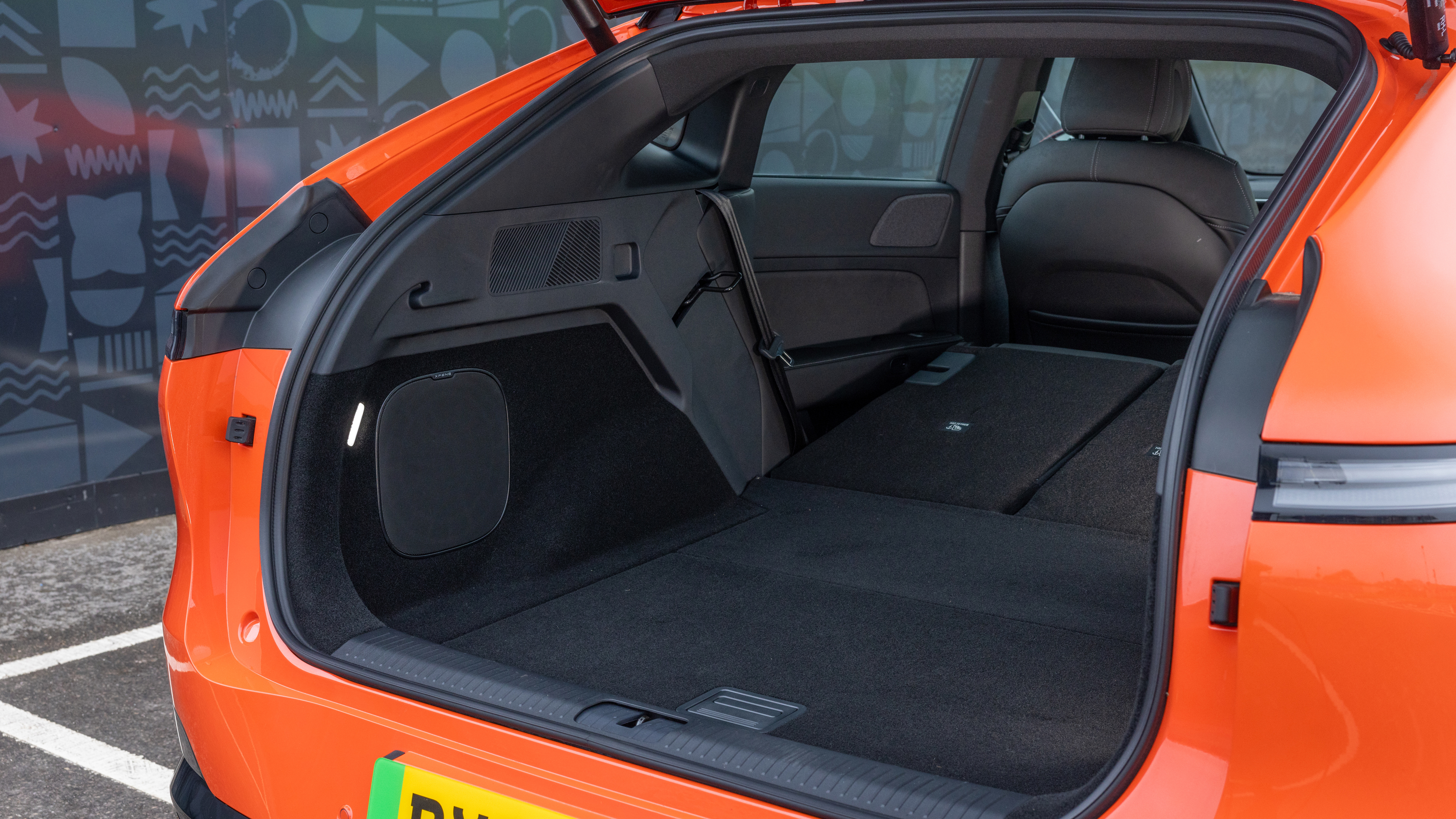
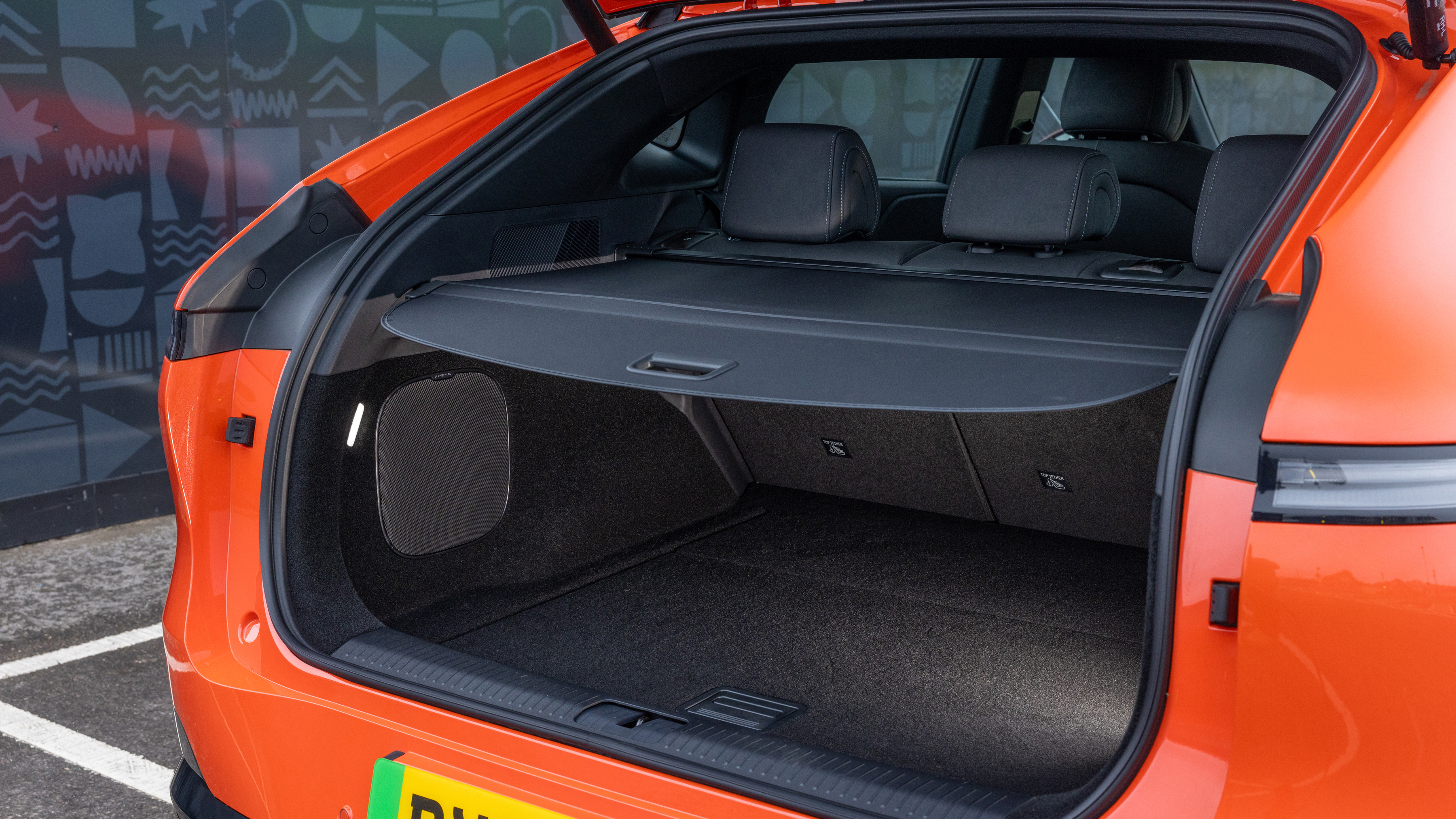
Every journey, I got into the routine of disabling traffic recognition, lane keep assist and the automatic high beam headlight function, which wasn’t particularly effective and blinded oncoming drivers on a couple of occasions. I managed to get the whole routine down to a few seconds.
Thankfully, there’s the very easy option of Apple CarPlay and Android Auto if you prefer a smartphone experience, with Xpeng also offering the likes of native Netflix, Apple TV+ and more for bingeing television and film when stationary.
The company’s navigation system is perfectly fine, although Tesla does a much better job of navigating to its own charging stations, predicting range on arrival and generally allowing for easier navigation via voice prompts. It also feels more original.
That said, Xpeng’s friendly little robot is good for adjusting a number of in-car settings. It couldn’t tell me how to adjust the wing mirrors (I had to figure that out myself) but would activate the heated steering wheels and seats, for example.
Also, there's a smartphone app for remotely checking in on the car's location and remaining range. But again, it looks and feels just like Tesla's app.
Space invader
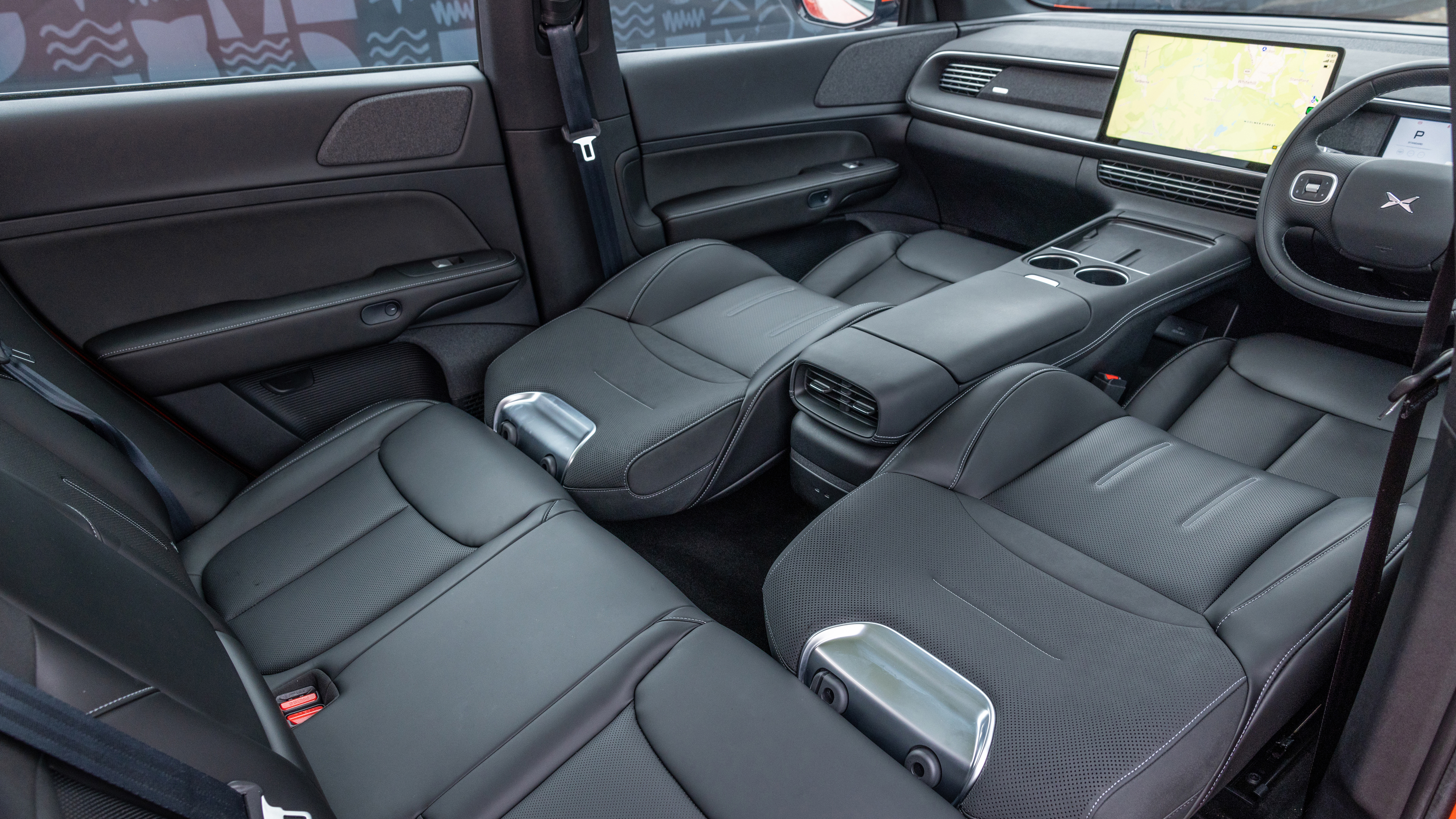
Interior roominess is a major selling point of the Xpeng G6, as there’s such a huge amount of space between those in the front and those occupying the rear seats.
For some reason, modern EVs have a mild obsession with front seats folding flat, and it's possible to effectively turn the G6 into a makeshift bed with a bit of electrically-adjustable seat fiddling.
The G6 is a bit like a generic modern smartphone – it does a job but never really fills you with much joy.
Plus, those leatherette front seats are also heated and cooled for comfort, while a speaker mounted in the headrests (dubbed i-Private) beams certain sounds, such as navigational instructions, directly into the driver's ears. It's a bit odd at first but actually becomes quite natural after a few miles.
There’s also an impressive amount of storage, thanks to the numerous cubby holes inside, while the trunk is positively cavernous, with an advertised 517 liters on offer.
Although it is worth noting that the shapely rear end does make storing particularly bulky bags a little trickier, as the electrically-operated trunk refuses to close if it detects something is in the way.
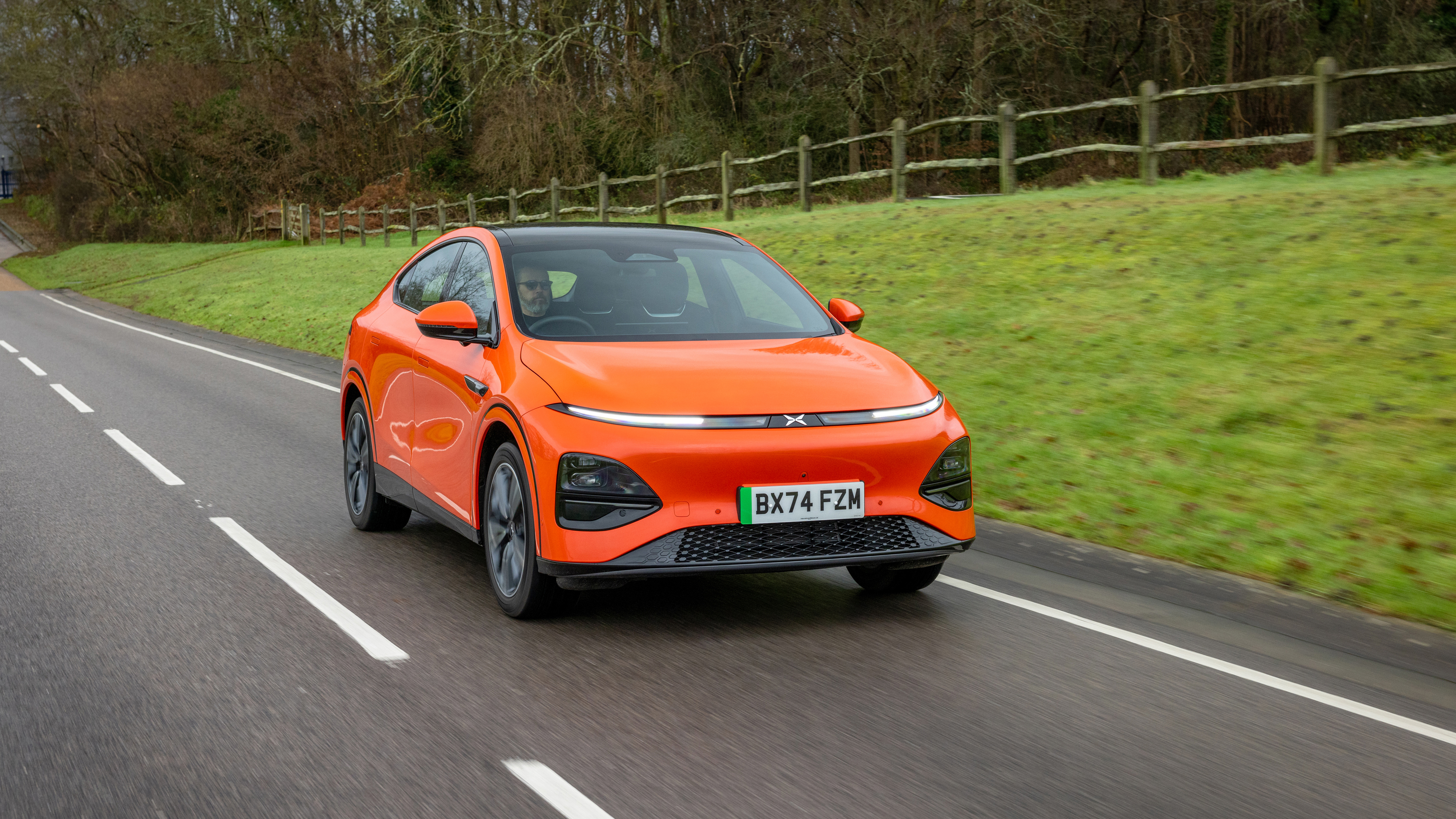
Overall, it’s a pleasant enough drive, with enough power to get it up to cruising speed quickly and a cabin that is nicely isolated from general road and wind noise, but it’s not going to blow your socks off.
In fact, there’s not much to say about the overall driving experience… it just, erm, drives.
You can firm up the steering, which doesn’t really do anything but make it heavier, and the ride is always on the soft side, if a little unsettled on really rutted roads. But then, the Model Y is no Porsche in the dynamics department either.
If you are looking for a computer-on-wheels, the Xpeng G6 nails the brief and it does so while undercutting its closest competition, the Tesla Model Y, upon which is bases practically everything.
Should you be keen on cutting your ties with Elon Musk, the G6 makes for a perfectly good replacement, just minus all of the great things about a Model Y (Supercharging being one).
The G6 is a bit like a generic modern smartphone – it does a job but never really fills you with much joy.
You might also like
- I’ve spent hours with the new Tesla Model Y – here are 5 updates I like (and 3 things I don't)
- Forget Rolls-Royce – after living with the new Lexus LM350h, I’ve decided we have a new king of luxury
- Xiaomi's new Tesla-rivaling SUV has a cockpit-style panoramic windshield display and can charge in just 12 minutes

Leon has been navigating a world where automotive and tech collide for almost 20 years, reporting on everything from in-car entertainment to robotised manufacturing plants. Currently, EVs are the focus of his attentions, but give it a few years and it will be electric vertical take-off and landing craft. Outside of work hours, he can be found tinkering with distinctly analogue motorcycles, because electric motors are no replacement for an old Honda inline four.
You must confirm your public display name before commenting
Please logout and then login again, you will then be prompted to enter your display name.